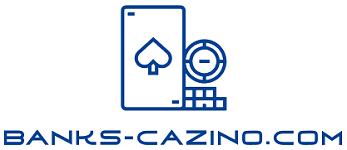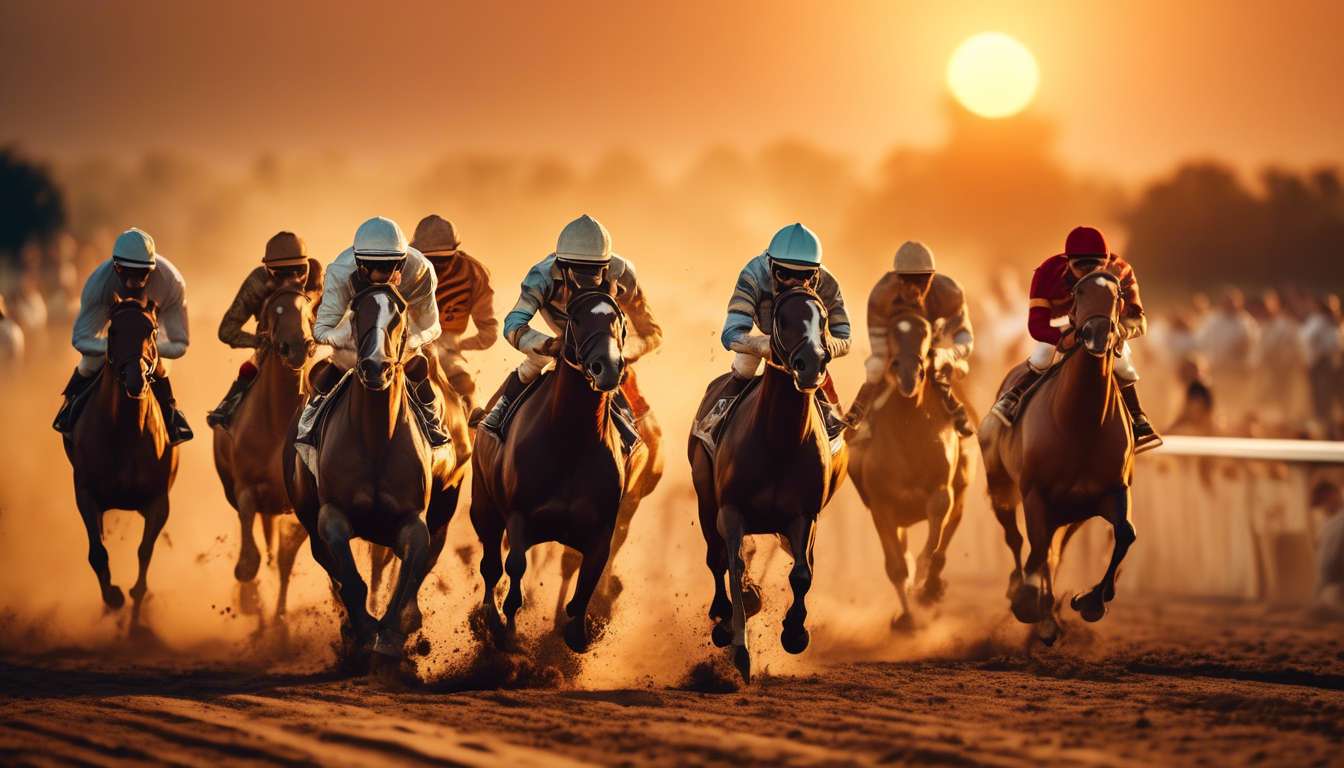As we embark on a journey to uncover the origins of horse racing, we find ourselves drawn into an exhilarating world that has captivated people for centuries. Together, we delve into the annals of history to explore how this thrilling sport, now a global phenomenon, began its gallop into the human imagination.
Our curiosity leads us to ancient civilizations where the bond between humans and horses first took shape, transforming from mere necessity to competitive spectacle.
We trace the evolution from early chariot races and mounted contests, where speed and stamina were celebrated, to the structured events that laid the groundwork for modern horse racing.
By examining how cultural exchanges and historical milestones influenced this sport, we gain a deeper appreciation for the traditions that persist today.
- Ancient chariot races
- Mounted contests
- Structured horse racing events
As we peel back the layers, we uncover not only the roots of horse racing but also the enduring spirit of competition and camaraderie it continues to inspire.
Ancient civilizations and horse domestication
Ancient civilizations like those in Central Asia and the Middle East first domesticated horses, laying the groundwork for horse racing as we know it today. By taming and training horses, they not only revolutionized transportation but also birthed a new form of competition—chariot races.
These early races were more than just a sport; they were a celebration of skill, speed, and community.
We can appreciate how these ancient practices laid the foundation for modern racing standards. The thrill of competition, the bond with horses, and the pursuit of excellence are traditions we still cherish.
Our shared history in horse domestication and racing reflects a timeless quest for belonging and achievement. As we look back, we see how far we’ve come, yet the essence of racing remains unchanged—a testament to human ingenuity and the enduring spirit of competition.
Evolution of chariot races
Over time, chariot races evolved from simple contests of speed into grand spectacles that captivated entire civilizations with their complexity and drama. As we domesticated horses, we learned to harness their power, transforming them into integral partners in these thrilling contests. Chariot races became a symbol of unity and rivalry, drawing communities together in shared excitement and anticipation.
We can trace the roots of chariot racing back to ancient times, where the synchronization of horse and driver mirrored today’s modern racing standards. These early contests laid the groundwork for the rules and regulations that now govern our beloved sport. The intricate balancing of speed and strategy in chariot races pushed us to:
- Refine our techniques
- Develop a deeper understanding of the equine companions we cherish
As we reflect on this evolution, we see how chariot races were more than mere entertainment; they were a testament to human ingenuity and our enduring bond with horses, an enduring legacy that inspires us still.
Introduction of mounted contests
With the evolution of our partnership with horses, we soon ventured from chariots to the thrilling world of mounted contests. As the art of horse domestication advanced, we discovered the exhilarating potential of riding horses directly. Our bond with these magnificent creatures grew stronger, and mounted contests emerged as a testament to our shared journey.
Riding horses, rather than driving them, allowed us to experience speed and agility in a more intimate way. In contrast to the structured nature of chariot races, mounted contests fostered a sense of unity and camaraderie among us.
We gathered not just to compete, but to celebrate our collective achievements and shared passion for these noble animals. Over time, these events laid the groundwork for modern racing standards.
These early mounted contests were more than just competitions; they were communal gatherings that strengthened our connections to one another and to the horses we cherished. Through them, we found belonging in a shared tradition.
Influence of Greek and Roman cultures
The rich traditions of Greek and Roman cultures significantly shaped the evolution of horse racing, embedding it deeply into their societies. Together, we can appreciate how these ancient civilizations viewed horse domestication not just as a necessity but as an art, leading to the training of horses for sport and prestige.
The Greeks and Horse Racing:
- The Greeks, with their love for competition, introduced chariot races during the Olympic Games.
- These events weren’t just about speed; they celebrated skill, strategy, and community.
Roman Influence:
- Romans took this passion and elevated it, creating grand arenas like the Circus Maximus.
- Chariot races became spectacles that united citizens from all walks of life.
Modern Echoes:
- Their influence echoes in our modern racing standards, where the thrill and camaraderie of the race continue to captivate us.
By understanding these foundations, we find our place in a lineage of enthusiasts who share a love for the sport that transcends time, bringing us all closer together.
Development of structured racing events
As horse racing evolved, early structured events emerged to bring order and excitement to the competitions. We witnessed the transition from spontaneous races to organized events, which captivated communities.
With horse domestication, our ancestors began to appreciate the power and speed of their steeds, leading to competitions that were more than just displays of skill—they became social gatherings that united us.
Chariot races were among the earliest structured events, showcasing not only the prowess of the horses but also the strategic minds of their drivers. These races laid the groundwork for what we recognize today as modern racing standards.
As we gathered to watch these thrilling competitions, a sense of shared excitement and camaraderie blossomed, binding us together.
As time progressed, the precision and rules surrounding races evolved:
- Jockeys and horses became the stars of the show.
- Focus shifted towards fair play and consistency.
This evolution paved the way for the refined and exhilarating horse racing spectacles we cherish today.
Spread of horse racing across continents
As horse racing traditions took root, they swiftly spread across continents, captivating diverse cultures with their competitive spirit and dynamic allure. The art of horse domestication transformed global communities, creating a shared passion that transcended borders.
Chariot races in ancient civilizations like Greece, Rome, and Egypt showcased the power and speed of these majestic creatures, uniting spectators in awe and excitement. These early races laid the groundwork for the thrilling sport we cherish today.
Our journey took us across vast landscapes, where horse racing evolved with each culture it touched. From the deserts of Arabia to the rolling hills of Europe, horse racing became a symbol of unity and skill. As we embraced new lands, we also embraced the diverse traditions that came with them, enriching our collective experience.
Together, we paved the way toward modern racing standards, where the spirit of horse racing continues to bring people together in a shared celebration of heritage and competition.
Establishment of modern racing standards
Over time, we developed a set of standardized rules and regulations that transformed horse racing into the organized and exhilarating sport we know today. Rooted in the ancient traditions of horse domestication and chariot races, our ancestors laid the groundwork for what would eventually become modern racing standards.
As we gathered and shared knowledge, we realized the importance of unifying the diverse practices from different regions to create a cohesive experience for everyone involved.
Together, we decided on common practices, ensuring fairness and excitement:
- Race distances
- Track surfaces
- Official timing methods
By doing so, we nurtured a sense of community among enthusiasts, where everyone felt they had a stake in the future of the sport. This collective effort allowed us to cherish the thrilling spectacle horse racing provides, while also embracing our shared heritage.
Creating these standards united us, fostering a strong sense of belonging within the horse racing world, a community we proudly call our own.
Enduring legacy and global appeal
Horse racing’s enduring legacy captivates audiences worldwide, drawing us into its rich tapestry of tradition and competition. From the moment of horse domestication, we’ve been fascinated by these magnificent creatures, forging a bond that transcends time. Ancient chariot races laid the groundwork for what would evolve into a global phenomenon. We’ve embraced this legacy, celebrating both the history and the thrilling spectacle of modern racing standards.
As enthusiasts, we share a kinship with those who came before us, from ancient arenas to today’s grand racecourses. Horse racing connects us to a shared past, where the pulse of hooves echoes through history. It’s more than a sport; it’s a cultural tapestry woven with tales of triumph and unity.
Today, the global appeal of horse racing unites diverse cultures, each bringing unique traditions to the track. Together, we revel in:
- The excitement
- The pageantry
- The timeless connection we feel with both the horses and the community that surrounds us.
Conclusion
The Fascinating Origins of Horse Racing
Horse racing has a rich history, evolving from ancient civilizations to the modern standards we recognize today.
Evolution of the Sport:
- Ancient Beginnings: The sport began with chariot races, a popular event in ancient cultures.
- Greek and Roman Influence: These civilizations played a pivotal role in transforming chariot races into mounted contests.
Modern Horse Racing:
With its transformation over centuries, horse racing has become a sport with enduring legacy and global appeal. It continues to captivate audiences across continents.
Significance:
The history of horse racing is not just about the sport itself but also reflects the enduring bond between humans and these majestic animals.

